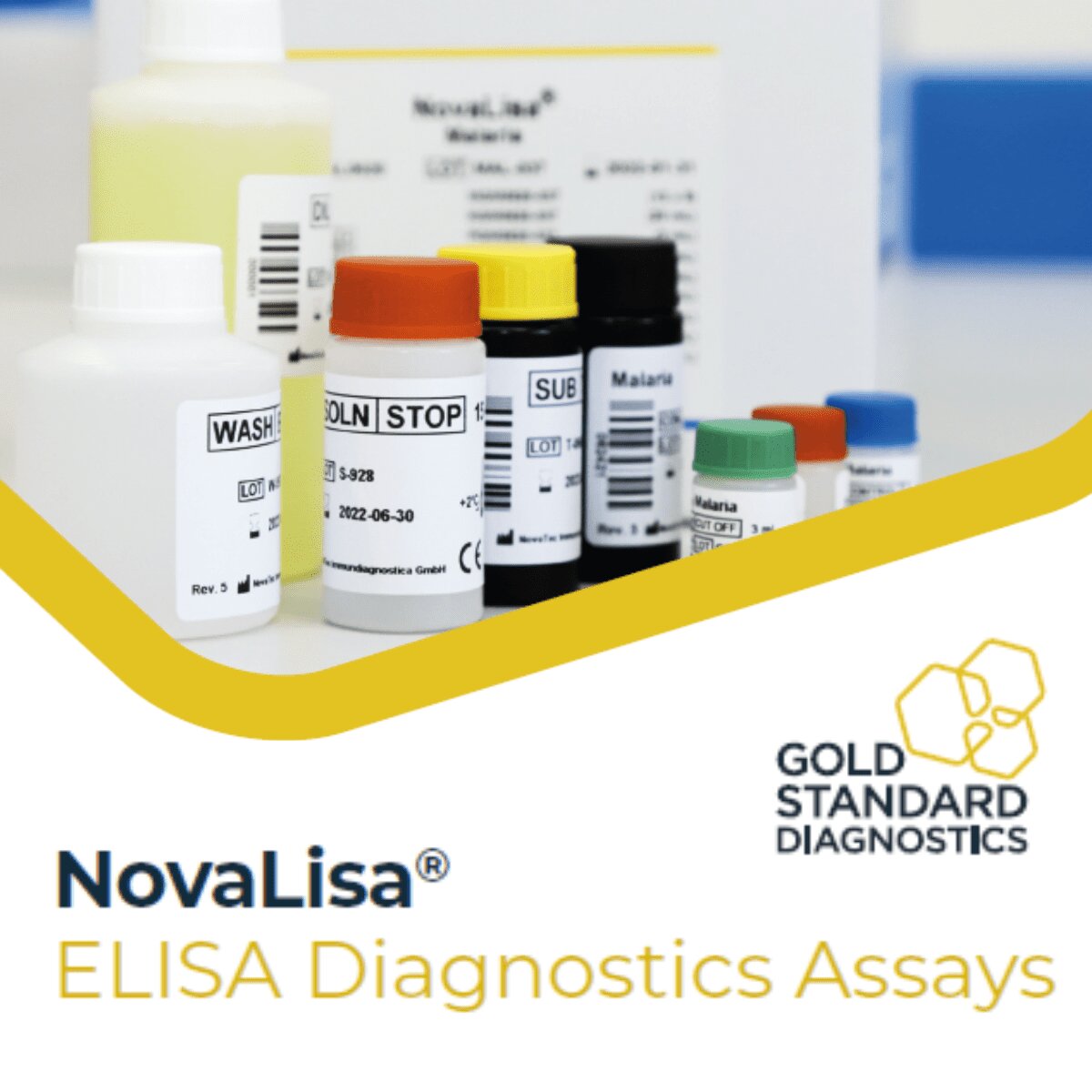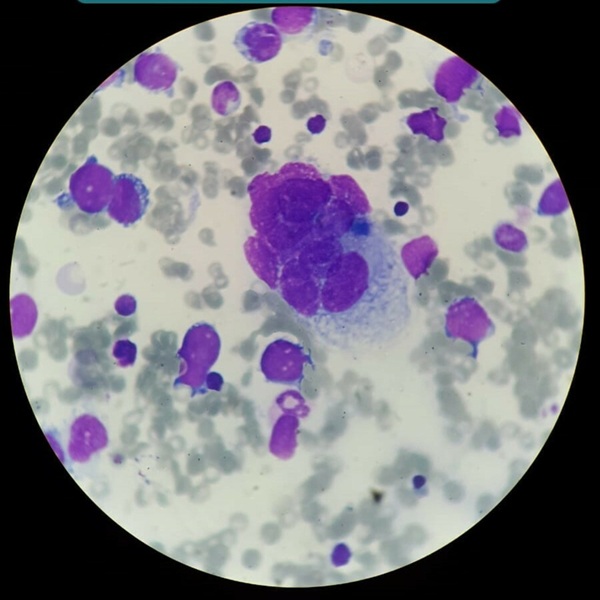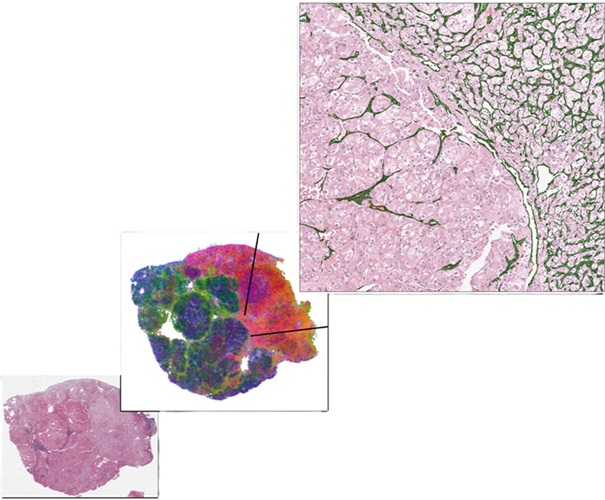Rapid Antigen-Based Assay Detects Tick-Borne Diseases Before Symptoms Appear
|
By LabMedica International staff writers Posted on 04 Feb 2025 |

Tick-borne spotted fever rickettsioses (SFRs) continue to pose a significant threat to otherwise healthy individuals, causing severe illness and death due to the lack of a reliable and timely diagnostic laboratory test. The absence of specific, convenient, acute-phase diagnostic tests for SFRs contributes to their difficulty in diagnosis and underreporting. Currently, the gold standard for diagnosing tick-borne rickettsioses involves detecting antibodies against rickettsiae in the serum through indirect immunofluorescence assay (IFA). However, this antibody response typically appears 7 to 10 days after illness onset, when fatalities often occur. While molecular detection of bacterial DNA and immunohistochemical analysis of rickettsial antigens in skin biopsies may provide early diagnosis, the occurrence of skin rashes and their timing are unreliable. Furthermore, many hospital laboratories do not perform rapid molecular diagnostic testing for SFRs. Researchers have now identified a biomarker for SFRs, leading to the development of a prototype laboratory test aimed at detecting this biomarker for more accurate diagnosis.
Researchers at University of Houston (Houston, TX, USA) have identified a rickettsial protein, RC0497, in R. conorii-infected endothelial cell supernatant. RC0497, a putative N-acetylmuramoyl-L-alanine amidase, is highly conserved across various SFG species. The researchers showed that RC0497 is present in the blood of both infected mouse models of Mediterranean spotted fever (MSF) and MSF patients. In this study, the researchers tested the hypothesis that detecting RC0497 through a rapid lateral flow assay (LFA) could provide a timely diagnostic tool, potentially improving treatment outcomes for severe SFRs. The team used two experimental models of SFRs—R. conorii-infected C3H/HeN mice and R. rickettsii-infected guinea pigs—which replicate the pathophysiological changes seen in patients with Rocky Mountain spotted fever (RMSF). They measured RC0497 concentrations at various disease stages by mass spectrometry (MS) using blood samples from infected animals.
Using specific antibodies against RC0497 and europium chelate nanoparticle reporters, the researchers developed a europium nanoparticle LFA (EuNP LFA) to detect this biomarker for SFRs. The assay demonstrated high analytical sensitivity and specificity in serum samples from experimentally infected animals at the early stages of infection, when antibiotics could still control rickettsiae. The results suggest that detecting RC0497 in a timely manner using the europium LFA could guide treatment, significantly improving infection outcomes. This represents the first rapid antigen-detection test prototype based on a lateral flow assay platform for diagnosing life-threatening SFRs in a timely manner.
The research confirmed that a rickettsial antigen, detectable by a simple test, is present in the circulation of infected animals. Unlike serological tests used to detect past exposure to potentially nonpathogenic rickettsial species, the RC0497 LFA can distinguish active infections. This will enhance clinical diagnosis and epidemiological surveillance. Although further validation with patient specimens is needed, the team has established proof-of-concept for an LFA that could potentially be developed into a point-of-care diagnostic tool for use in real-world settings.
Latest Molecular Diagnostics News
- Groundbreaking Molecular Diagnostic Test Accurately Diagnoses Major Genetic Cause of COPD
- First-in-Class Diagnostic Blood Test Detects Axial Spondyloarthritis
- New Molecular Label to Help Develop Simpler and Faster Tuberculosis Tests
- Biomarker Discovery Paves Way for Blood Tests to Detect and Treat Osteoarthritis
- Liquid Biopsy Assay Detects Recurrence in CRC Patients Prior to Imaging
- Ultra Fast Synovial Fluid Test Diagnoses Osteoarthritis and Rheumatoid Arthritis In 10 Minutes
- Genetic-Based Tool Predicts Survival Outcomes of Pancreatic Cancer Patients
- Urine Test Diagnoses Early-Stage Prostate Cancer
- New Genetic Tool Analyzes Umbilical Cord Blood to Predict Future Disease
- Spinal Fluid Biomarker for Parkinson’s Disease Offers Early and Accurate Diagnosis
- Revolutionary Blood Test Detects 30 Different Types of Cancers with 98% Accuracy
- Simple Blood Test Better Predicts Heart Disease Risk
- New Blood Test Detects 12 Common Cancers Before Symptoms Appear
- Blood Test Could Predict Relapse of Autoimmune Blood Vessel Disease
- First-of-its-Kind Blood Test Detects Trauma-Related Diseases
- Key Gene Identified in Common Heart Disease Unlocks Life-Saving Diagnostic Potential
Channels
Clinical Chemistry
view channel
AI-Powered Blood Test Accurately Detects Ovarian Cancer
Ovarian cancer ranks as the fifth leading cause of cancer-related deaths in women, largely due to late-stage diagnoses. Although over 90% of women exhibit symptoms in Stage I, only 20% are diagnosed in... Read more
Automated Decentralized cfDNA NGS Assay Identifies Alterations in Advanced Solid Tumors
Current circulating cell-free DNA (cfDNA) assays are typically centralized, requiring specialized handling and transportation of samples. Introducing a flexible, decentralized sequencing system at the... Read more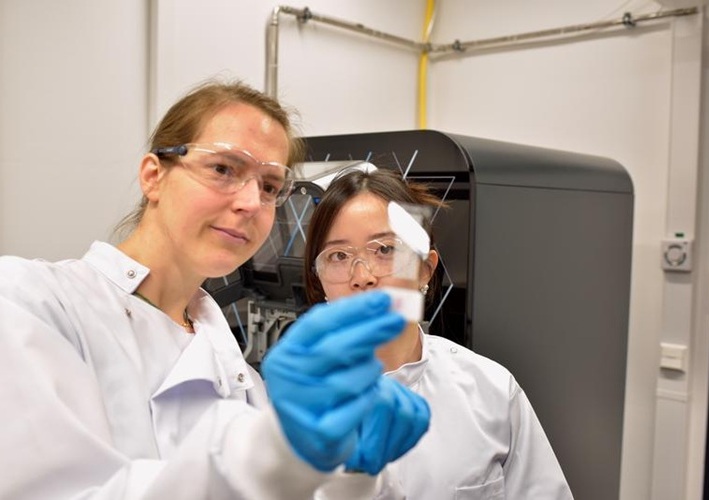
Mass Spectrometry Detects Bacteria Without Time-Consuming Isolation and Multiplication
Speed and accuracy are essential when diagnosing diseases. Traditionally, diagnosing bacterial infections involves the labor-intensive process of isolating pathogens and cultivating bacterial cultures,... Read more
First Comprehensive Syphilis Test to Definitively Diagnose Active Infection In 10 Minutes
In the United States, syphilis cases have surged by nearly 80% from 2018 to 2023, with 209,253 cases recorded in the most recent year of data. Syphilis, which can be transmitted sexually or from mother... Read moreHematology
view channel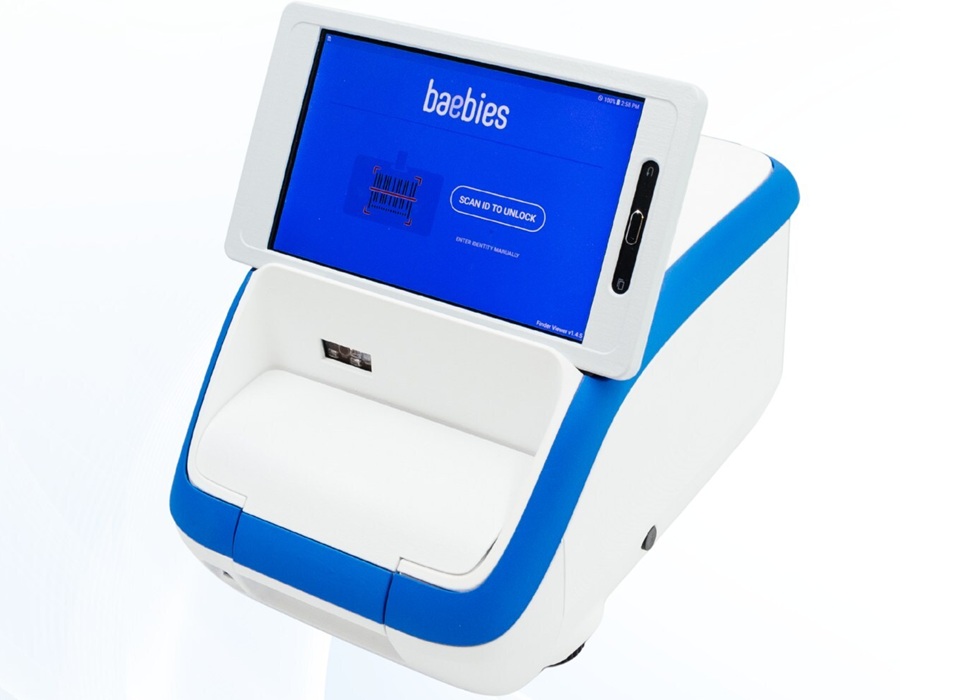
First Point-of-Care Heparin Monitoring Test Provides Results in Under 15 Minutes
Heparin dosing requires careful management to avoid both bleeding and clotting complications. In high-risk situations like extracorporeal membrane oxygenation (ECMO), mortality rates can reach about 50%,... Read more
New Scoring System Predicts Risk of Developing Cancer from Common Blood Disorder
Clonal cytopenia of undetermined significance (CCUS) is a blood disorder commonly found in older adults, characterized by mutations in blood cells and a low blood count, but without any obvious cause or... Read moreImmunology
view channel
Stem Cell Test Predicts Treatment Outcome for Patients with Platinum-Resistant Ovarian Cancer
Epithelial ovarian cancer frequently responds to chemotherapy initially, but eventually, the tumor develops resistance to the therapy, leading to regrowth. This resistance is partially due to the activation... Read more
Machine Learning-Enabled Blood Test Predicts Immunotherapy Response in Lymphoma Patients
Chimeric antigen receptor (CAR) T-cell therapy has emerged as one of the most promising recent developments in the treatment of blood cancers. However, over half of non-Hodgkin lymphoma (NHL) patients... Read moreMicrobiology
view channel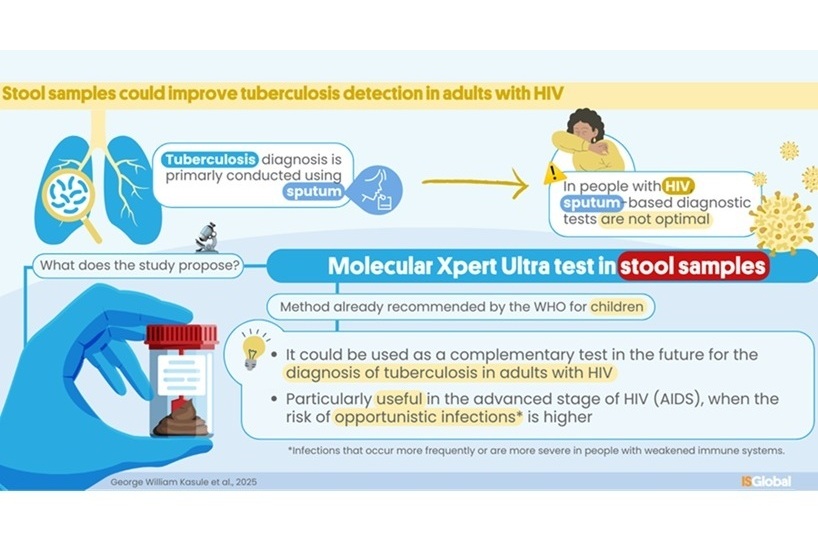
Molecular Stool Test Shows Potential for Diagnosing TB in Adults with HIV
Tuberculosis (TB), caused by the bacterium Mycobacterium tuberculosis, led to 1.25 million deaths in 2023, with 13% of those occurring in people living with HIV. The current primary diagnostic method for... Read more
New Test Diagnoses Bacterial Meningitis Quickly and Accurately
Bacterial meningitis is a potentially fatal condition, with one in six patients dying and half of the survivors experiencing lasting symptoms. Therefore, rapid diagnosis and treatment are critical.... Read morePathology
view channel
Groundbreaking Chest Pain Triage Algorithm to Transform Cardiac Care
Cardiovascular disease is responsible for a third of all deaths worldwide, and chest pain is the second most common reason for emergency department (ED) visits. With EDs often being some of the busiest... Read more
AI-Based Liquid Biopsy Approach to Revolutionize Brain Cancer Detection
Detecting brain cancers remains extremely challenging, with many patients only receiving a diagnosis at later stages after symptoms like headaches, seizures, or cognitive issues appear. Late-stage diagnoses... Read moreTechnology
view channel
Advanced Predictive Algorithms Identify Patients Having Undiagnosed Cancer
Two newly developed advanced predictive algorithms leverage a person’s health conditions and basic blood test results to accurately predict the likelihood of having an undiagnosed cancer, including ch... Read more
Light Signature Algorithm to Enable Faster and More Precise Medical Diagnoses
Every material or molecule interacts with light in a unique way, creating a distinct pattern, much like a fingerprint. Optical spectroscopy, which involves shining a laser on a material and observing how... Read more
Disposable Microchip Technology Could Selectively Detect HIV in Whole Blood Samples
As of the end of 2023, approximately 40 million people globally were living with HIV, and around 630,000 individuals died from AIDS-related illnesses that same year. Despite a substantial decline in deaths... Read more
Pain-On-A-Chip Microfluidic Device Determines Types of Chronic Pain from Blood Samples
Chronic pain is a widespread condition that remains difficult to manage, and existing clinical methods for its treatment rely largely on self-reporting, which can be subjective and especially problematic... Read moreIndustry
view channel
Cepheid and Oxford Nanopore Technologies Partner on Advancing Automated Sequencing-Based Solutions
Cepheid (Sunnyvale, CA, USA), a leading molecular diagnostics company, and Oxford Nanopore Technologies (Oxford, UK), the company behind a new generation of sequencing-based molecular analysis technologies,... Read more
Grifols and Tecan’s IBL Collaborate on Advanced Biomarker Panels
Grifols (Barcelona, Spain), one of the world’s leading producers of plasma-derived medicines and innovative diagnostic solutions, is expanding its offer in clinical diagnostics through a strategic partnership... Read more







